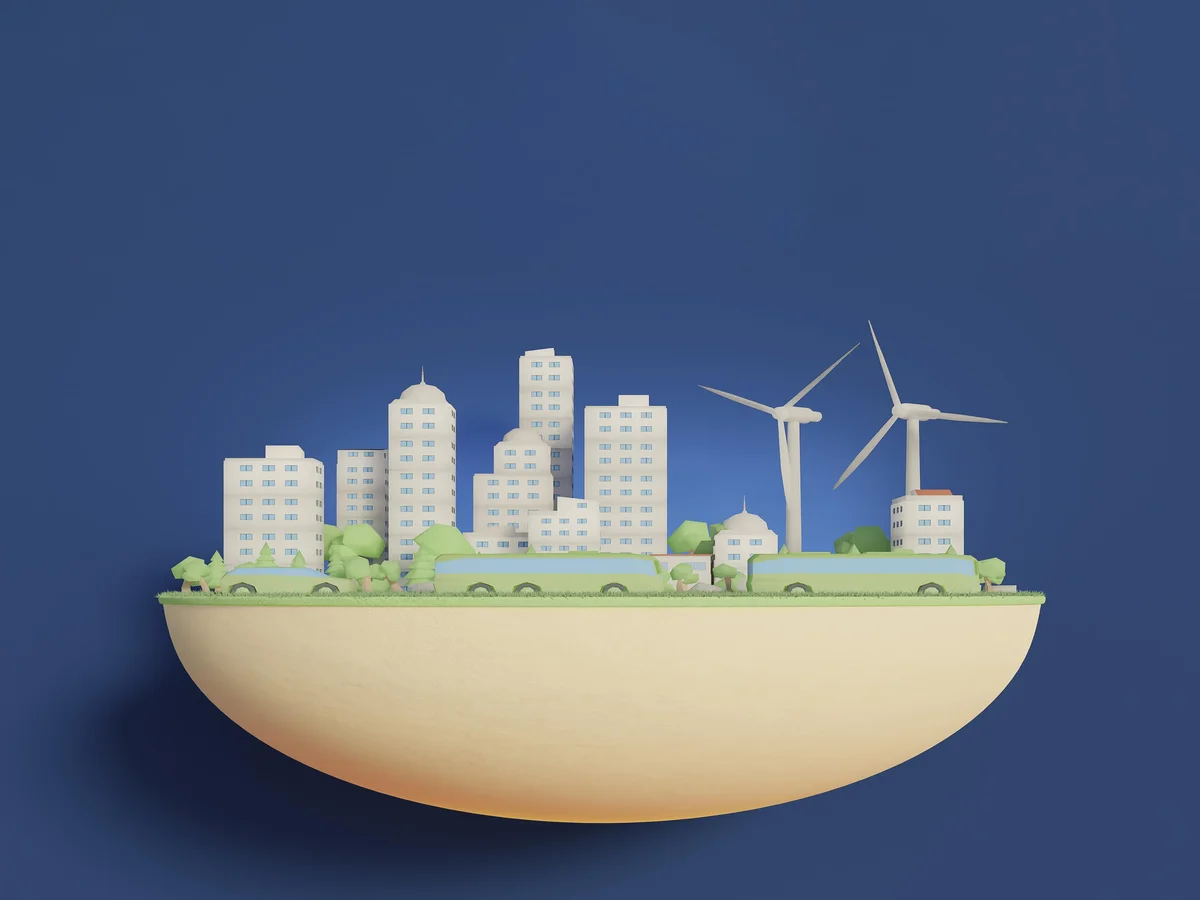How 5 Cities Shape Sustainable Urban Futures? Passive Cooling Revolution

Urban centers worldwide face the pressing challenge of sustainability, striving to balance growth with environmental preservation. Five cities stand out for their innovative approaches in shaping sustainable urban futures, particularly in pioneering the Passive Cooling Revolution.
1. Singapore: Smart Design and Green Spaces
Singapore, a city-state known for its dense urban landscape, has ingeniously integrated green spaces into its urban fabric. Vertical gardens, rooftop greenery, and extensive tree canopies act as natural coolants, reducing ambient temperatures. Its smart city initiatives, such as data-driven urban planning, optimize energy usage, contributing to a cooler and more sustainable environment.
2. Barcelona: Community-Centric Sustainability
Barcelona emphasizes community engagement in its sustainability initiatives. The city encourages locals to participate in urban farming, creating green corridors within neighborhoods. Additionally, its superblock concept limits vehicular traffic, fostering pedestrian-friendly zones and reducing heat generated by vehicles.
3. Los Angeles: Cool Pavements and Reflective Roofs
In response to its notorious heat waves, Los Angeles embarked on a mission to install cool pavements and promote reflective roofing. These measures reflect sunlight rather than absorbing it, significantly reducing urban heat islands and lessening the reliance on energy-intensive cooling systems.
4. Dubai: Innovative Architecture for Cooling
Dubai, nestled in a desert climate, has redefined architecture to combat extreme heat. Buildings feature innovative designs like wind towers and shading systems that allow for natural ventilation while minimizing direct sun exposure. Additionally, the city employs district cooling systems, enhancing energy efficiency on a large scale.
5. Copenhagen: Bicycle-Centric Urban Planning
Copenhagen’s focus on bicycle-friendly infrastructure not only promotes a healthier lifestyle but also contributes to cooling the city. Reduced traffic congestion and emissions result in a cooler and more breathable atmosphere, aligning with the city’s commitment to carbon neutrality by prioritizing sustainable transportation.
The Passive Cooling Revolution
Across these cities, a common thread emerges: the Passive Cooling Revolution. It signifies a shift from energy-intensive cooling systems to utilizing nature’s elements and smart design principles. Strategies like greenery integration, reflective surfaces, innovative architecture, and community engagement play pivotal roles in mitigating urban heat and fostering sustainability.
This revolution not only addresses immediate temperature concerns but also tackles larger environmental issues. Reduced energy consumption leads to lower carbon footprints, contributing to global efforts in climate change mitigation.
Key Takeaways
As cities grapple with the challenges of rapid urbanization and climate change, these five exemplars showcase diverse yet effective strategies in forging sustainable urban futures. Through the Passive Cooling Revolution and innovative urban planning, these cities serve as beacons, guiding global efforts toward more resilient, cooler, and eco-friendly urban landscapes. Their approaches offer invaluable lessons for cities worldwide in the quest for a sustainable tomorrow.


